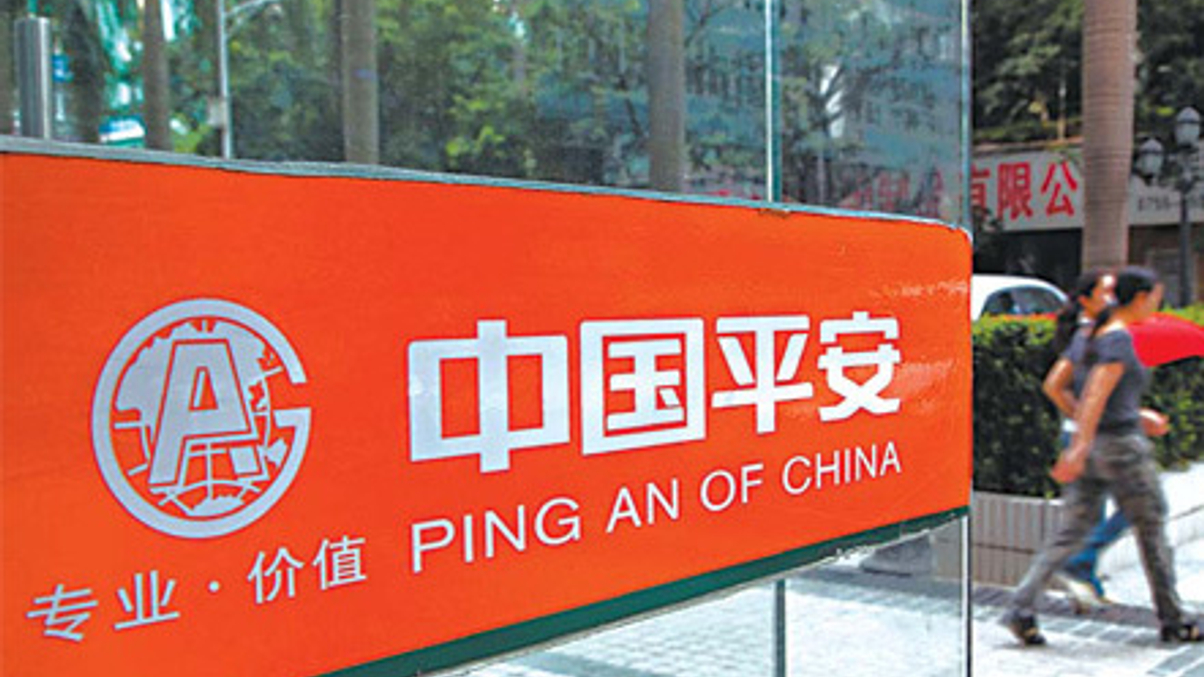Ping An plots overseas portfolio revamp
The Chinese insurer aims to trim a heavy allocation to alternatives, but sees opportunities in some emerging markets and in greenfield infrastructure.

Ping An Insurance's overseas division is likely to shift its investment plans, lower a dominant private assets investment approach at the same time as it ramps up its overall size, according to co-chief investment officer Hoi Tung.
Sign In to Your Account
Access Exclusive AsianInvestor Content!
Please sign in to your subscription to unlock full access to our premium AI resources.
Free Registration & 7-Day Trial
Register now to enjoy a 7-day free trial—no registration fees required. Click the link to get started.
Note: This free trial is a one-time offer.
¬ Haymarket Media Limited. All rights reserved.


